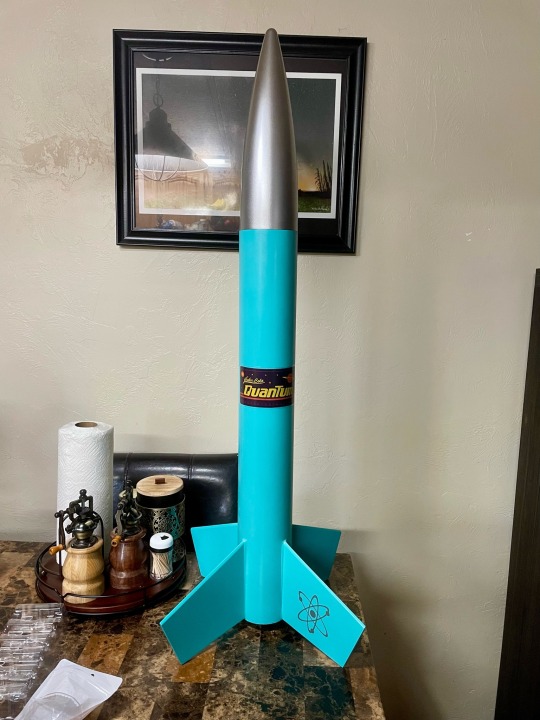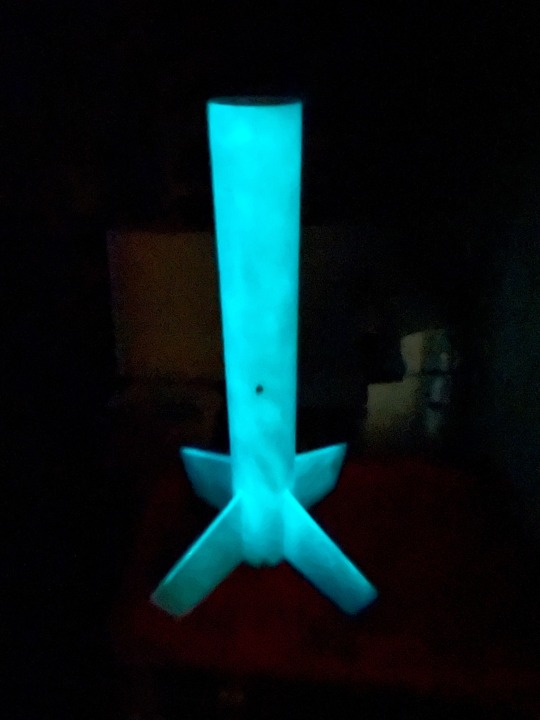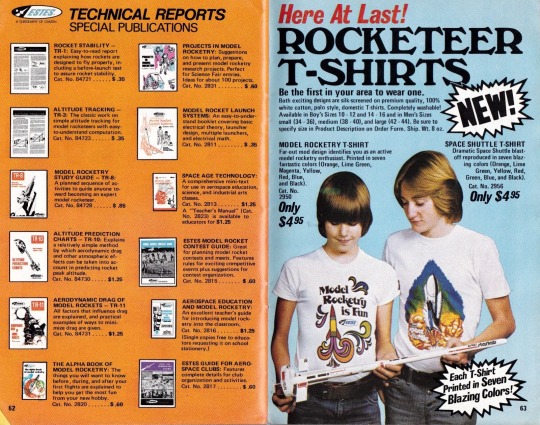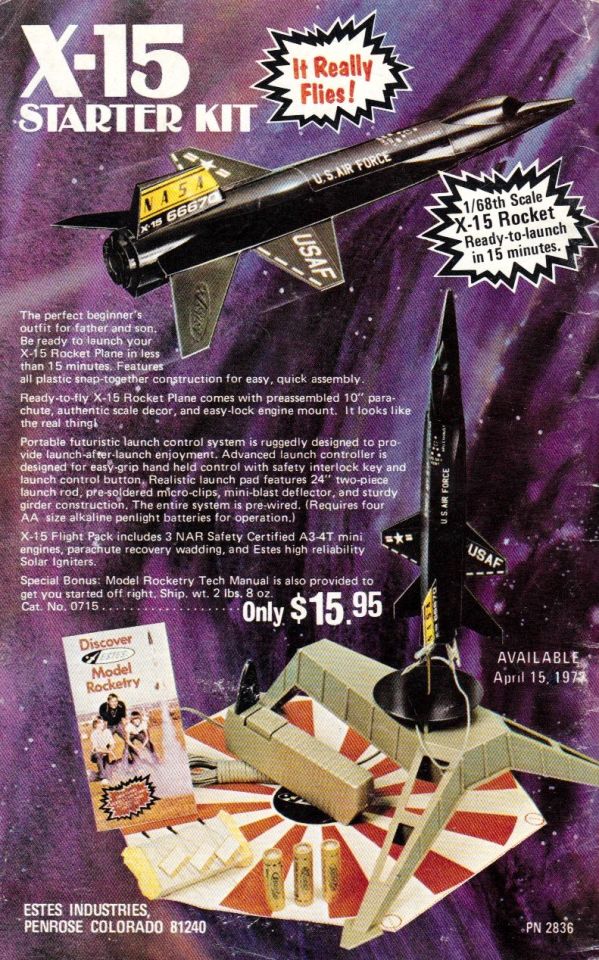#Rocketry
Explore tagged Tumblr posts
Text
To be fair, a lot of goofy-sounding rocketry/aerospace terminology has a legitimate nomenclatural role beyond just being silly euphemisms.
"Unplanned rapid disassembly", for example, exists as the necessary counterpart to planned rapid disassembly: sometimes a rocket is legitimately supposed to fall apart or blow up, so you need a specific term to emphasise that it wasn't supposed to do that.
Similarly, "lithobraking" was coined by analogy with aerobraking (shedding velocity via atmospheric friction) and hydrobraking (shedding velocity by landing in water), and it does have some intentional applications; the Mars Pathfinder probe, for example, was deliberately crashed into the Martian surface while surrounded by giant airbags, and reportedly bounced at least 15 times before coming to rest.
(That said, aerospace engineers absolutely do use these terms humorously as well, because engineers are just Like That.)
4K notes
·
View notes
Text

ship shape
78 notes
·
View notes
Text

March 6, 2009 — The Kepler Space Telescope launches from Cape Canaveral
Kepler, named after astronomer Johannes Kepler, was NASA's first planet-hunting mission and searched for Earth-sized planets outside the solar system. During its nine years of operations, it discovered over 2,600 exoplanets before retiring in October 2018.
image credit: NASA/USAF
63 notes
·
View notes
Text

*60s Boeing voice* have you ever considered six AJ-260s as a first stage I insist there are no possible engineering problems that could come out of using six AJ-260s as a first stage
124 notes
·
View notes
Text
on the one hand, rocketry is really hard and it takes a lot of experimentation to nail down a rocket design, this is why we launch so many rocket prototypes, and a good rocket design can stick around for decades because it's proven. like, the russians have launched 430 protons because it WORKS, and even that gold-standard rocket has blown up or failed to make orbit like 50 times. you really can't avoid just having to occasionally blow up a rocket because it turns out something went wrong and in a way you didn't expect, in a way you won't expect until you try to launch it and it goes wrong. That's why you have range officers, after all. They're in a room with a big red button labeled "EXPLODE THAT SHIT" and they slam it the instant the rocket goes wrong in any way, because otherwise you have a missile deciding to go somewhere you can't control, and it's way better to blow your rocket up in mid-air than to have a couple thousand pounds of fuel slam into an apartment block or school for orphaned puppies. rocketry is hard, and the starship is clearly undergoing a rapid development cycle where they're throwing tons of money at it to try and get it working FAST, by building and blowing up a bunch of rockets, rather than doing all the testing on the ground to save money. if they have the money to toss at it (and reportedly the US military is funding this project, and they have some fucking deep project) then it's an effective and fast way to build a rocket. NASA doesn't do that, because they can't. They don't have the money. They have to do cheaper testing methods because they can't afford to just throw millions of dollars away with every failed test.
but on the other hand, it is absolutely hilarious when elon musk's big rocket goes kaboom, because LOL.
404 notes
·
View notes
Text

"Your life must never be plain. You must live with passion!" -Sergei Korolev (1979)
#poster#sergei korolev#engineer#rocketry#aerospace#science#ussr#soviet#sputnik#education#design#artist unknown
23 notes
·
View notes
Text
Rocket launch from Saturday :)
35 notes
·
View notes
Text

8 notes
·
View notes
Text
I should absolutely just livepost the KSP career save I'm doing.
So I finally did my first manned spaceflight (had enough mods to slowly get some space probes everywhere before then)


Will our intrepid cosmonaut be able to get home safely, or will they be trapped in an endless loop of quicksaves? Find out next time on Dragon Kerbal Z
8 notes
·
View notes
Text
For those interested in the life of me…
I also like to build model rockets, and today I finished my 4” LOC Goblin. It’s themed after a Nuka Cola Quantum pop bottle from the videogame series Fallout. And yes, the rocket glows just like the irradiated pop!
Now to pack everything up, get a final weight, run a final sim, then drill the motor to set the delay. I present the “Quantum” rocket. Trying for my L1 HPR certification here in a few weeks time.
Wish me and the “Quantum” good luck! If it survives I can use it for my L2 cert down the road. 😬🚀




26 notes
·
View notes
Text




Estes Model Rocketry, 1977 catalog
#model rocket#vintage#1977#1970s#rocketry#model rockets#ad#ads#advertising#advertisement#vintage ad#vintage ads#vintage advertising#vintage advertisement
64 notes
·
View notes
Text
ok tumblr, check out my strange hyperfixation.
So! I'm on my university rocketry team and I wanted to do another personal project for the meme. I also wanted to make it more trans inclusive bcus hobby rocketry is mostly old white guys (with all of those flaws), and I also wanted it to go fast.
So here's TRANS-Sonic.

It'll go to like mach 1.3 in 0.3 seconds on an I1299 motor. It's been a pain and a joy to put together, and I hope it survived the test flight next week. Yippee!!!!!
4 notes
·
View notes
Text






Soyuz rocket
48 notes
·
View notes
Text

March 26, 1958 — Explorer 3 launches
Explorer 3, the third successful American satellite (after Explorer 1 and Vanguard 1), launched from Launch Complex 5 on Cape Canaveral, the same site the first two Americans would launch into sub-orbit in 1961. Though orbiting with a higher apogee and lower perigee than anticipated, Explorer 3 confirmed Explorer 1's findings regarding the Van Allen Belts. The Explorer satellite program was part of the US's contribution to the International Geophysical Year, a worldwide 18 month-long science fair.
Read more about the IGY here!
image source: redstone.army.mil
22 notes
·
View notes
Text
Really great interview from Podcast - Main Engine Cut Off with Eric Berger (who has better insight into SpaceX than anyone tbh, and a long relationship with Musk and is a very reliable space reporter) about Elon Musk in 2025, Musk's goals with DOGE, and specifically how this relates to SpaceX. It's from feb 10th, so it's definitely a bit behind, but I think it's been vindicated with time. I wouldn't take everything he says as gospel: But when he is specifically talking about how DOGE and SpaceX gel, I think he is almost certainly spot on. I think if you want to understand what the consequences will be from DOGE for NASA and SpaceX, this is exactly where you should look.
Most relevant sections start at 10 minutes and goes to about 13, and then about 20 minutes to 24. another relevant section at 3 minutes to 5* but it wasn't particularly insightful. Theres a lot of good talk about the future of the Artemis program generally, and it's just a good interview if you're interested in this stuff, and what the likely budget outcomes are for NASA going forward. You may be inclined to scoff at Berger when he talks about a near future with tens of billions a year in starlink profits. but having seen the numbers: i wouldnt.
Sidebar: really great little bit of insight is that Boeing had an all hands meeting to basically tell it's 800 or so SLS/Orion program employees "hey half of you may or may not get fired in the next 60 days cause of the NASA admin. sucks to suck" and didn't tell NASA (who runs the program!) or anyone else ahead of time, who had to find out from the press. Which caused panic in NASA. (check around 27 to 30) Berger reckons its basically a political move to make congress aware that a cut to SLS is a cut to maybe 800 jobs (in their districts). Which is the biggest motivator for Congress when making budgets for NASA
#*Berger offhandedly misgenders Vivian - Elons trans daughter - here so fair warning.#I would probably not take him completely at his word that there is no rourting going on but hes right that there is no like.#reason for musk to be seeking rourting for spacex. he doesnt need to and won't gain from it significantly. and its not really how this work#hes actually going to lose out on SpaceX contracting long term because of this. he already is.#whether or not congress/NASA/whitehouse under a dem admin would move to explicitly bar spacex as a launch provider for contracts is unclear#but you can bet your sweet ass he is going to miss out on billions in starlink contracts - in the US and globally! - that will never be#SpaceX#NASA#rocketry#Space News#I'm actually working on linking to resources now.
2 notes
·
View notes
Text









NASA has just confirmed something groundbreaking—Voyager 1 and 2 are coming home. After nearly five decades in interstellar space, both spacecraft will begin their return journey using a classified propulsion system secretly integrated into their design.
The plan was hidden from the public and Congress to prevent funding cuts. Ever since Apollo ended, Congress had been scaling back deep-space programs, so NASA kept this as a contingency.
Unlike their outward journey, which used gravity assists to escape the solar system, their return will rely on a gravitational recapture trajectory.
Jupiter and Saturn are perfectly aligned to provide back-to-back slingshots, boosting their speed to 78 km/s, nearly double their original velocity. Combined with high-efficiency ion thrusters, this will allow a rapid approach back toward Earth.
A key factor is the RTG nuclear battery reserve, a secret feature installed at launch. While the public specs listed only 470 watts of power, engineers had quietly included an additional 940-watt thermal energy reserve, intended for a controlled return if needed.
These RTGs will now activate the return thrusters, guiding both probes back into Earth’s gravitational influence.
NASA estimates reentry on 6/31/2037, over the Southern Hemisphere. The recovery plan ensures a controlled descent, preventing any risk of uncontrolled reentry.
Scientists are eager to analyze the spacecraft, which have endured nearly 50 years of deep-space exposure, providing rare data on long-term spaceflight durability.
For decades, Voyager was seen as a one-way mission. But this proves otherwise. The return of Voyager 1 and 2 will mark a historic moment—the first retrieval of an interstellar spacecraft and proof that no mission is truly final.
Follow for daily educational content and check the link in bio for free ebooks on the space shuttle, ISS, Falcon 9, and rocket propellants.
#nasa#space#comics#educational#star trek voyager#astronomy#engineering#aerospace#universe#cosmos#science#funny post#april fools#rocketry#rocket science
2 notes
·
View notes